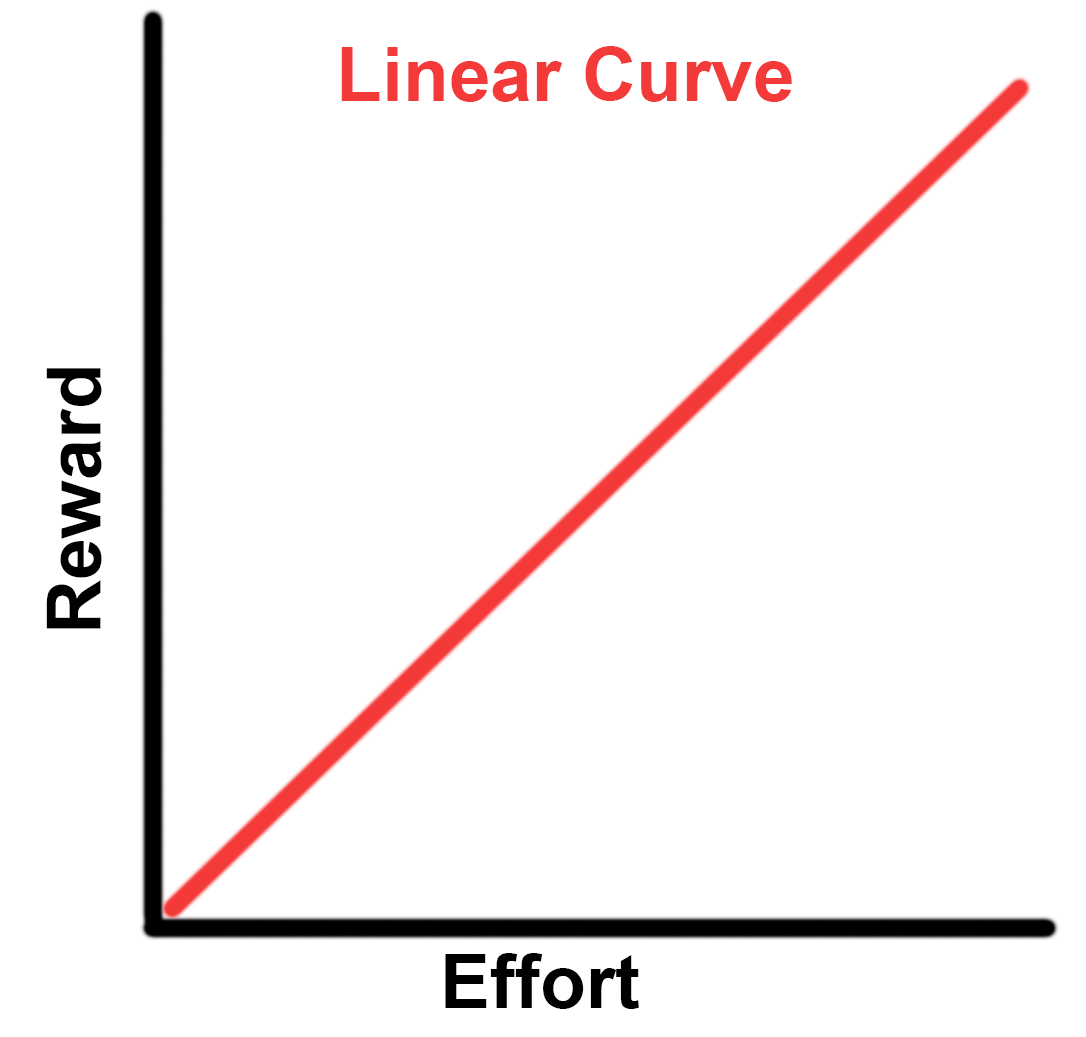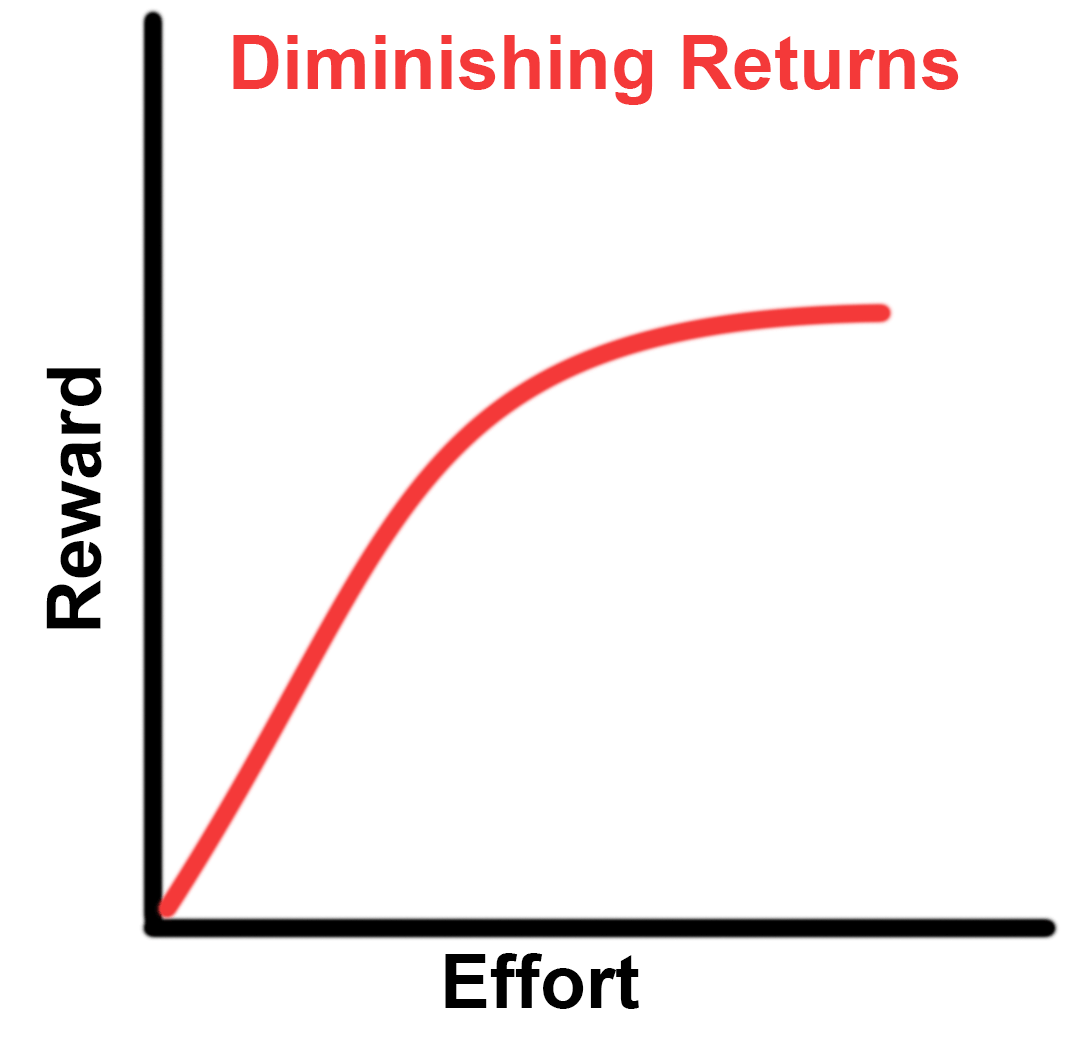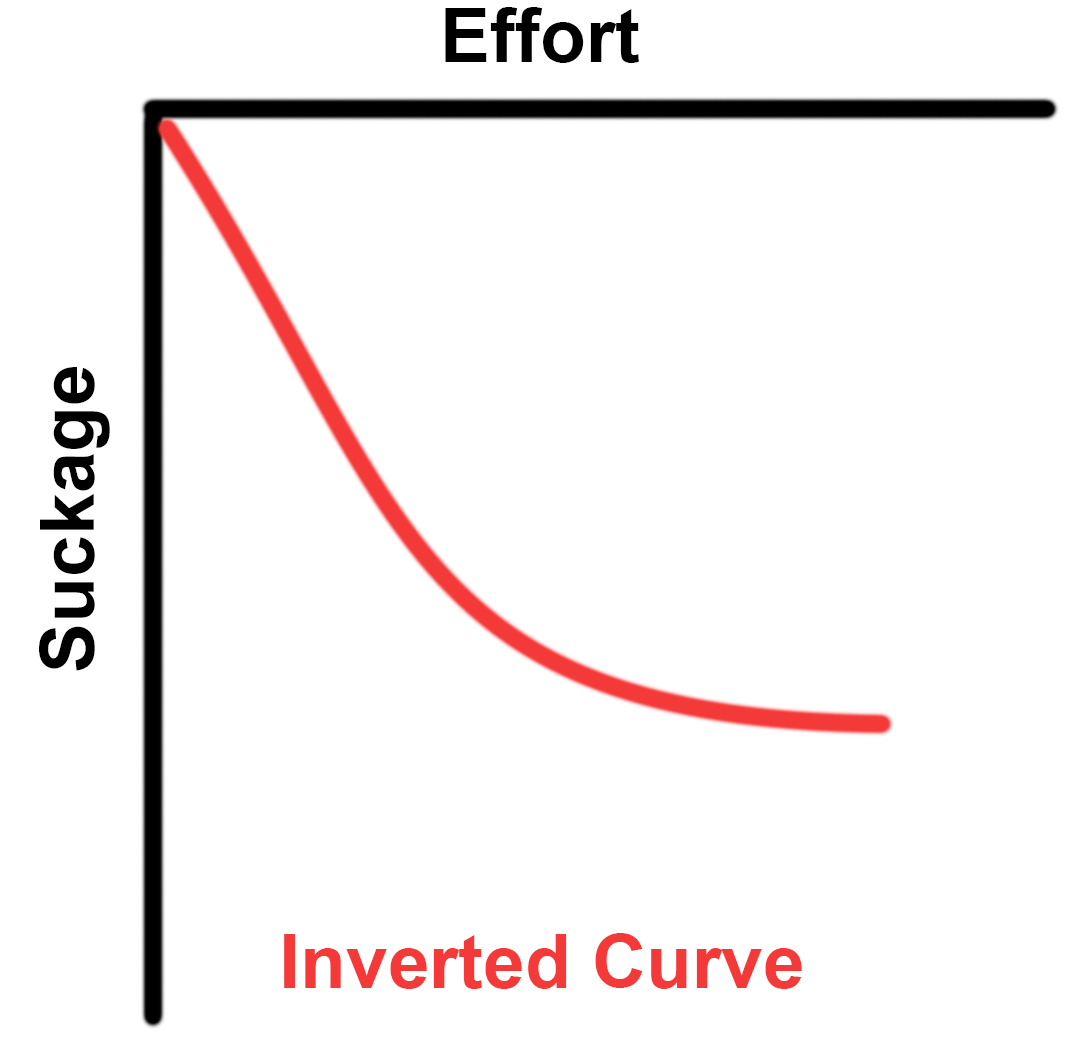The Backwards Law—Why the Best Things in Life Must Be Let Go
There’s a part of Navy SEAL training called “drown-proofing” where they bind your hands behind your back, tie your feet together, and dump you into a 9-foot-deep pool.
Your job is to survive for five minutes.
Like most of SEAL training, the vast majority of cadets who attempt drown-proofing fail. Upon being tossed into the water, many of them panic and scream to be lifted back out. Some struggle until they slip underwater where they proceed to lose consciousness and have to be fished out and resuscitated. Over the years, a number of trainees have even died during the exercise.
But some people make it. And they do so because they understand two counterintuitive lessons.
The first lesson of drown-proofing is paradoxical: the more you struggle to keep your head above water, the more likely you are to sink.
With your arms and legs bound, it’s impossible to maintain yourself at the surface for the full five minutes. Even worse, your limited attempts to keep your body afloat will only cause you to sink faster. The trick to drown-proofing is to actually let yourself sink to the bottom of the pool. From there, you lightly push yourself off the pool floor and let your momentum carry you back to the surface. Once there, you can grab a quick breath of air and start the whole process over again.1
Strangely, surviving drown-proofing requires no superhuman strength or endurance. It doesn’t even require that you know how to swim. On the contrary, it requires the ability to not swim. Instead of resisting the physics that would normally kill you, you must surrender to them and use them to save your own life.
The second lesson of drown-proofing is a bit more obvious, but also paradoxical: the more you panic, the more oxygen you will burn and the more likely you are to fall unconscious and drown.2 In a sick and twisted way, the exercise turns your survival instinct against you: the more intense your desire to breathe, the less you will be able to breathe. The more intense your will to live, the greater the chance you will die.
More than a test of physical will, drown-proofing is a test of each cadet’s emotional self-control in situations of extreme danger. Can he control his own impulses? Can he relax in the face of potential death? Can he willingly risk his life in the service of some higher value or goal?
These skills are far more important than any cadet’s ability to swim. They’re more important than his resilience, his physical toughness, or his ambition. They’re more important than how smart he is, what school he went to, or how damn good he looks in a crisp Italian suit.
This skill—the ability to let go of control when one wants it most—is one of the most important skills anyone can develop. And not just for SEAL training. For life.
Most people assume the relationship between effort and reward is one-to-one. We think that working twice as long will produce twice the results. That caring about a relationship twice as much will make everyone feel twice as loved. That yelling your point twice as loud will make you twice as right.
The assumption here is that most of life exists on a linear curve, that there’s a one-to-one ratio between effort and reward with everything:

But allow me to inform you—as someone who just tried drinking twice the normal amount of Red Bull so he could finish editing this damn thing—this is almost never true. Most of the world does not exist on a linear curve. Linear relationships only exist for mindless, rote, repetitive tasks—driving a car, filling out reams of paperwork, cleaning the bathroom, etc. In all of these cases, doing something for two hours will double the output of doing it for one hour. But that’s simply because they require no thought or ingenuity.
Most activities in life do not operate along the linear effort/reward curve because most activities in life are not basic nor mindless. Most activities are complex, mentally and/or emotionally taxing, and require adaptation.
Therefore, most activities produce a diminishing returns curve:3

Diminishing returns means that the more you experience something, the less rewarding it becomes. The classic example is money. The difference between earning $20,000 and $40,000 is huge and life-changing. The difference between earning $120,000 and $140,000 means your car has slightly nicer seat heaters. The difference between earning $127,020,000 and $127,040,000 is basically a rounding error on your tax return.4
The concept of diminishing returns applies to most experiences that are complex and novel, and even many of the mundane ones. The number of showers you take in a day, the number of chicken wings you inhale during happy hour, the number of trips home to visit your mother in a year—these are all experiences that start out highly valuable at first but then diminish in value the more frequently you do them (sorry, Mom).
Another example: studies on work productivity show that we’re really only productive for the first four to five hours of each day.5 Everything after that suffers severely diminished returns, to the point where the difference between working for 12 hours and 16 hours is basically nothing (not counting sleep deprivation).6
Friendships operate on a diminishing returns curve. Having one friend is vital. Having two is clearly better than one. But having 10 instead of 9 changes little in your life. And having 21 instead of 20 just makes remembering people’s names that much more difficult.
Sex has diminishing returns, as does eating, sleeping, drinking alcohol, working out at the gym, reading books, taking vacations, hiring employees, consuming caffeine, saving for retirement, scheduling business meetings, studying for an exam, masturbating, staying up late to play video games—the examples are endless. All give back less the more you do them, the more you try, or the more you have. All operate on a diminishing returns curve.
But there’s another curve, one that you’ve probably never seen or heard of before—and that’s largely because I make a lot of this shit up. That’s the inverted curve:7

The inverted curve is the bizarro “Twilight Zone” curve, where effort and reward have a negative correlation—that is, the more effort you put into doing something, the more you will fail to do it.
Drown-proofing exists on an inverted curve. The more effort you put into rising to the surface, the more likely you will be to fail at it. Similarly, the more you want to breathe, the more likely you are to choke on a bunch of chlorinated piss water.
But I know you’re thinking, “So what, Mark? I’ve usually had too many piña coladas to even find the deep end of the pool, much less bind my arms and legs and try to survive in it. Who gives a shit about inverted curves?”
It’s true, few things in life function on an inverted curve. But the few things that do are extremely important. In fact, I will argue that the most important experiences and goals in life all exist on an inverted curve.
Effort and reward have a linear relationship when the action is mindless and simple. Effort and reward have a diminishing returns relationship when the action is complex and multivariate.
But when the action becomes purely psychological—an experience that exists solely within our own consciousness—the relationship between effort and reward becomes inverted.
Pursuing happiness takes you further away from it. Attempts at greater emotional control only remove us from it. The desire for greater freedom is often what causes us to feel trapped. The need to be loved and accepted prevents us from loving and accepting ourselves.
Aldous Huxley once wrote, “The harder we try with the conscious will to do something, the less we shall succeed. Proficiency and results come only to those who have learned the paradoxical art of doing and not doing, or combining relaxation with activity.”8
The most fundamental components of our psychology are paradoxical. This is because when we consciously try to create a state of mind, the desire for that state of mind creates a different and often opposite state of mind from the one we’re trying to create.
This is “The Backwards Law” I explain in Chapter 1 of The Subtle Art of Not Giving a Fuck: desiring a positive experience is itself a negative experience; accepting a negative experience is a positive experience.
But this extends to most—if not all—aspects of our mental health and relationships:
- Control – The more we strive to control our own feelings and impulses, the more powerless we will feel. Our emotional life is unruly and often uncontrollable, and it’s the desire to control it that makes it worse. Conversely, the more we accept our feelings and impulses, the more we’re able to direct and process them.
- Freedom – The constant desire for more freedom ironically limits us in a number of ways. Similarly, it’s only by limiting ourselves—by choosing and committing to certain things in life—that we truly exercise our freedom.
- Happiness – Trying to be happy makes us less happy. Accepting unhappiness makes us happy.
- Security – Trying to make ourselves feel as secure as possible generates more insecurity. Being comfortable with uncertainty is what allows us to feel secure.
- Love – The more we try to make others love and accept us, the less they will, and more importantly, the less we will love and accept ourselves.
- Respect – The more we demand respect from others, the less they will respect us. The more we ourselves respect others, the more they will come to respect us.
- Trust – The more we try to make people trust us, the less inclined they will be to do so. The more we trust others, the more they will trust us in return.
- Confidence – The more we try to feel confident, the more insecurity and anxiety we will create. The more we accept our faults, the more comfortable we will feel in our own skin.
- Change – The more we desperately want to change ourselves, the more we will always feel as though we are not enough. Whereas, the more we accept ourselves, the more we will grow and evolve because we’ll be too busy actually doing cool shit to notice.
- Meaning – The more we pursue a deeper meaning or purpose to our lives, the more self-obsessed and shallow we will become. The more we try to add meaning to others’ lives, the more profound impact we will feel.
These internal, psychological experiences exist on an inverted curve because they are both the cause and the effect of the same thing: our minds. When you desire happiness, your mind is simultaneously the thing that is desiring and the target of its own desires.9
When it comes to these lofty, abstract, existential goals, our minds are like a dog who, after a lifetime of successfully chasing and catching various small creatures, has turned and decided to exact that same strategy on its own tail. To the dog, this seems logical. After all, chasing has led her to catch everything else in her doggy life. Why not her tail, too?
But a dog can never catch her own tail. The more she chases, the more her tail seems to run away. That’s because the dog lacks the perspective to realize that she and the tail are the exact same thing.
The goal is to take your mind—a wonderful thing that has spent its life learning to chase various creatures—and teach it to stop chasing its own tail. To stop chasing meaning and freedom and happiness because those only serve to move it further away from itself. To teach it to achieve what it desires by giving up what it desires. To show it how the only way to reach the surface is to let itself sink.
And how do we do this? By letting go. By giving up. By surrendering. Not out of weakness. But out of a respect that the world is beyond our grasp. By recognizing that we are fragile and limited and but temporary specks in the infinite reaches of time. You do it by relinquishing control, not because you feel powerless, but because you are powerful. Because you decide to let go of things that are beyond your control. You decide to accept that sometimes, people won’t like you, that often you will fail, that usually you have no fucking clue what you’re doing.
You lean into the fear and uncertainty, and just when you think you’re going to drown, just as you reach the bottom, it will launch you back to your salvation.
And if you’re wondering how the hell to get started, I’ve got just the thing for you: six video courses that help you find salvation in six major areas of life: purpose, relationships, emotional mastery, resilience, challenging harmful beliefs, and building a better life. To get you started, here’s the first lesson of the Finding Purpose Course that you can watch on my YouTube channel. You’re welcome.
- This is called “Bottom Bounce”, and is one of a handful of techniques to survive drown-proofing including “Float”, “Travel”, and “Back to Front Rotation.” See: Emerson, C. (2015). 100 Deadly Skills: The SEAL Operative’s Guide to Eluding Pursuers, Evading Capture, and Surviving Any Dangerous Situation (Illustrated Edition). Atria Books.↵
- An extreme manifestation of this is hyperventilation, and you really don’t want that.↵
- If you find my colorful graph wanting, here’s a paper on the topic.↵
- This article puts forth that satisfaction rises with income only until about $75,000 (or perhaps as high as $120,000).↵
- This study, for example, finds that call center agents work on average 4.6 effective hours per day.↵
- Many psychologists would argue we’re only fully productive when in a state of “flow.” See: Csikszentmihalyi, M., Abuhamdeh, S., & Nakamura, J. (2005). Flow. In Handbook of competence and motivation (pp. 598–608). Guilford Publications.↵
- Manson, M. (2018).↵
- This has been dubbed “The Law of Reversed Effort.”↵
- The psychology of desires is a complex and fascinating topic. See: Hofmann, W., & Nordgren, L. F. (Eds.). (2015). The psychology of desire. The Guilford Press.↵
